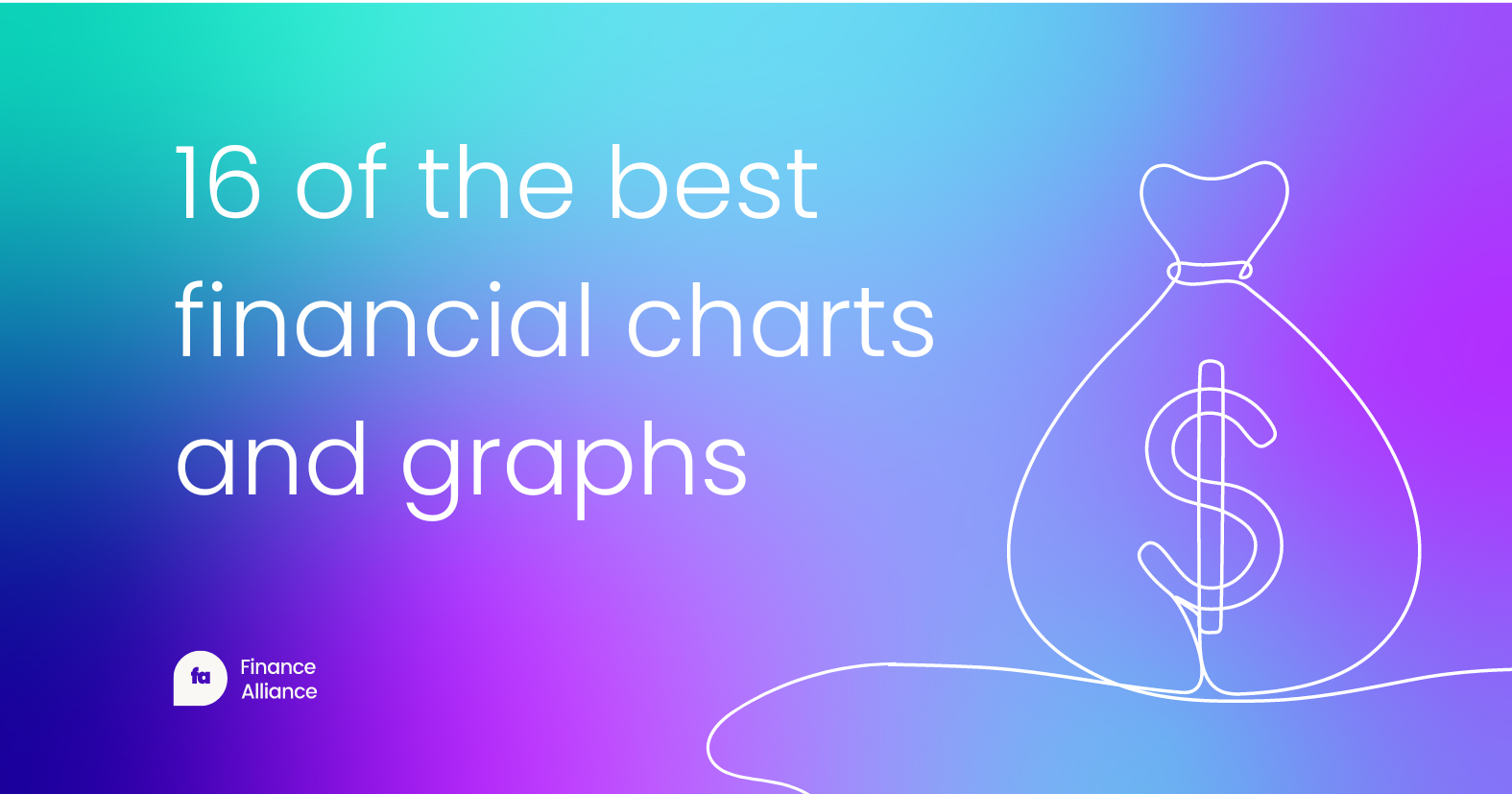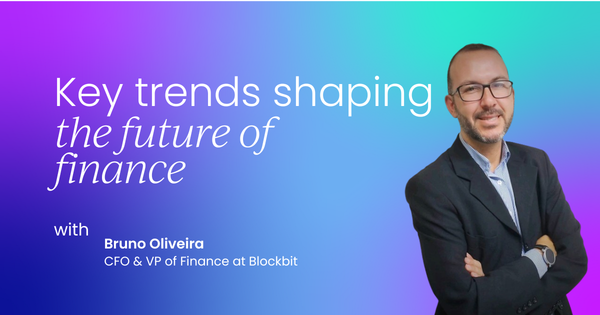Though I’m originally from Brazil, I’ve now called Mexico home for just over a year. During this time, I’ve had the privilege of leading financial transformation initiatives in one of the most dynamic and rapidly evolving industries in the world.
When I first arrived here, one of the things that struck me most was how quickly finance is changing, not only within aviation but across every sector. Concepts that didn’t even exist ten years ago, like “finance transformation”, are now at the center of strategic conversations.
The intersection between finance, technology, and culture has become an essential frontier for growth, and I believe this convergence defines what it means to be a modern financial leader.
Recently, I had the opportunity to share some of my thoughts at the Finance Transformation Summit, a gathering of peers and professionals passionate about the evolution of our field.
What follows are the main reflections I shared that day; my view on where finance is headed, what challenges we face, and, above all, why the human element remains the most crucial factor in any transformation.
The strategic vision behind finance transformation
When we talk about finance transformation, it’s easy to get lost in the language of systems, automation, and digital tools.
But at its core, transformation is a strategic evolution. It’s about where we are today and where we want to be tomorrow, not just as finance teams, but as organizations aligned with ever-changing market realities.
The strategy has to connect directly to the vision. Transformation initiatives that focus solely on implementing technology, without aligning with business goals or market demands, rarely deliver their full potential.
We must continuously ask: How does this project move us closer to our strategic vision? How does it respond to the new technologies and regulatory demands shaping our environment?
Our objective as financial leaders should not be to follow trends blindly but to leverage them intelligently to gain competitive advantage, drive efficiency, and foster a culture of innovation across the organization.
Technology as a tool, not the goal
I’ve always been deeply interested in financial modeling and technology. To me, technology is not a replacement for people but an enabler of better decision-making and creativity. The real transformation happens when we use technology to change the way we think and work.
I often say that you can’t expect to achieve new results with an old mindset. You can deploy the most advanced ERP or analytics platform in the market, but if your people still think in traditional, siloed ways, the transformation will remain superficial.
In my experience, the greatest value of digital transformation comes from changing the culture, not just the tools. We must help people at every level understand that adopting new systems also means embracing new ways of collaborating, analyzing data, and making decisions.
True transformation happens when people begin to see technology as part of their mindset; not an external imposition, but an extension of their own ability to innovate and improve.
The data-driven imperative
It’s widely known that around 70% of CFOs are focused on digital transformation today, and I believe the real number is even higher. Over the past decade, we’ve moved from intuition-based decisions to data-driven decision-making, and this shift is accelerating.
At Swissport, as in many global organizations, data-driven insights are now central to the decision-making process. We can no longer afford to rely solely on historical reports.
Our decisions must be informed by real-time analytics that give us visibility into operations, profitability, and performance as they happen.
However, this transformation comes with challenges, particularly when regulatory and tax requirements, which vary significantly across countries.
For example, when we implemented a new global billing system at Swissport, one of the most complex parts of the project was ensuring tax integration for local compliance.
In Mexico, for instance, electronic invoicing must meet real-time validation requirements from tax authorities, something that doesn’t exist in countries like Germany or the United States.
These differences mean that even a global system must be tailored locally, with adaptations to scope, data architecture, and compliance standards.
The experience reminded me that technology can unify processes globally, but transformation still depends on understanding the local context.

The power of cloud-based solutions
Cloud technology has become the backbone of most modern finance transformations. Cloud-based solutions (those hosted online rather than on local servers) provide enormous benefits: cost reduction, scalability, flexibility, and most importantly, integration.
What I love most about cloud systems is how easily they connect with each other. Almost all of them use API integrations, which allow systems to “talk” to one another seamlessly.
This means we can create end-to-end financial ecosystems connecting procurement, payments, treasury, and accounting in a unified data flow.
Take, for instance, processes like source-to-pay or order-to-cash. These end-to-end concepts demonstrate that finance is no longer about isolated functions but about integrated value chains.
Whether it’s supplier bidding, purchase orders, payment processing, or reconciliations, cloud platforms make it possible to automate and monitor these flows in real time.
Swissport learned that integration is where the real value lies. By connecting our systems, we eliminate redundancies, improve accuracy, and create faster, more insightful financial reporting.
It’s no longer just about installing a new tool but about reimagining the entire ecosystem of finance.
Cybersecurity: The hidden backbone of transformation
No conversation about technology is complete without addressing cybersecurity. It’s a topic that can’t be ignored, especially when finance and IT work closely together.
In 2022, Swissport faced a major ransomware attack that temporarily disrupted our global operations. For around four months, our billing systems were offline — a massive challenge for any finance organization. That experience was a turning point for us.
In the aftermath, we took extensive global measures: new IT policies, stricter hardware standards, and a renewed emphasis on cybersecurity training. Every employee now participates in simulations to identify phishing attempts; external storage devices like USB drives are prohibited; and we conduct regular security audits to test our resilience.
Financial data is often a primary target for cyberattacks. That’s why it’s critical for CFOs and IT leaders to collaborate closely when evaluating new financial systems.
Cybersecurity can’t be treated as an afterthought, it must be integrated into the design and selection process from the very beginning.
We’ve learned that technology brings efficiency, but also risk. The goal is not to eliminate risk (that’s impossible) but to manage and mitigate it proactively.

Finance and IT: A partnership for transformation
The collaboration between finance and IT is essential, as transformation cannot succeed without cross-functional partnership.
Finance professionals need to understand how new technologies will change our day-to-day work, while IT teams need to understand the strategic goals behind these initiatives. When both sides speak the same language, the results can be transformative.
At Swissport, we’ve built regular committees where finance and IT jointly evaluate upcoming projects and set priorities based on value creation.
For example, we might need to decide whether to prioritize a billing system that reduces revenue leakage or an accounting system that improves accuracy. Both add value, but the choice depends on the company’s strategic moment.
In my opinion, value addition should always guide prioritization. Every project must be evaluated through the lens of which initiative adds the most value to the company right now.
To support this process, we also maintain a permanent finance transformation agenda — not just a one-time effort. Transformation is continuous; it doesn’t end when a project goes live. The market evolves too quickly for that.
Regular collaboration, recurring governance meetings, and continuous reassessment are the keys to staying ahead.
The benefits of integration and business partnering
When finance and IT collaborate effectively, the benefits go far beyond efficiency. For example, by implementing new financial systems, Swissport reduced its monthly closing time from 7-10 days to just four working days.
This acceleration means finance can now provide insights faster, enabling better decision-making across the organization.
Integrated systems also allow us to connect financial performance with operational drivers (logistics, commercial activity, and other non-financial data) to create more meaningful analyses.
Moreover, the evolution of low-code and no-code tools has empowered finance professionals themselves.
Today, many of our team members can model data, build reports, and automate tasks without relying exclusively on IT. It’s an exciting development because it allows finance to move closer to the front lines of decision-making.
Agility is key. Businesses must respond rapidly to change, and finance has to be at the forefront of that agility.
The human side of transformation
Despite all this talk about systems, APIs, and automation, I still believe the most important part of transformation is people.
Technology alone doesn’t create change. People do. The tools we choose are only as powerful as the mindset of the teams that use them.
That’s why communication is critical. Finance, IT, and other functions must talk to each other constantly, not through long chains of emails, but through real-time communication platforms that promote speed and collaboration.
At Swissport, we use tools like Slack and Microsoft Teams to create dedicated groups that can discuss projects and make decisions quickly.
Transformation also means empowerment. It’s not just about automating processes but enabling people to think more strategically, to move away from repetitive work and toward activities that truly add value.
When employees see transformation not as a threat but as an opportunity to learn and grow, the organization gains resilience and adaptability, qualities that no software can replicate.
Preparing for the future: AI, machine learning, and regulation
Looking ahead, I believe the next major wave of change in finance will be driven by artificial intelligence and machine learning.
In the next five years, maybe even sooner, AI will transform financial reporting, forecasting, and decision support. We will move from reactive reporting to predictive and prescriptive insights that anticipate business needs before they arise.
At the same time, real-time data will become the new standard. Instead of closing the books and looking backward, finance will increasingly operate in real time, with dashboards that reflect performance minute by minute.
Another area of rapid change is regulatory technology. It may surprise some to learn that Germany, for example, still does not have digital billing, while countries like Brazil and Mexico are pioneers in this space.
Technologies like blockchain and real-time validation will make compliance faster, more transparent, and more secure.
These developments will not only improve accuracy but also reduce implementation times for future transformation projects.
Closing thoughts
There’s a quote I love by George Bernard Shaw: “Progress is impossible without change, and those who cannot change their minds cannot change anything.”
That line captures the essence of what finance transformation really means. The greatest value of transformation is not in efficiency metrics or system upgrades, but in the mindset of evolution that it instills in people.
When a company’s culture embraces change (when its people are curious, agile, and open to learning) that’s when real transformation happens. Systems will come and go, technologies will evolve, but a culture of innovation and adaptability will endure.
Finance transformation is not a destination, it’s a continuous journey. It requires vision, collaboration, and courage. As CFOs, our role is not only to manage numbers but to lead people through change, to connect technology with purpose, and data with insight.
The future of finance belongs to those who are ready to learn, unlearn, and relearn continuously, and those who see technology not as a threat, but as an ally.
This article is adapted from Bruno Oliveira’s brilliant talk at the Finance Transformation Summit when he was still Chief Financial Officer at Swissport; Bruno is currently the CFO and VP of Finance at Blockbit.
Join your fellow finance leaders in our Slack community to make new connections and grow your network, get answers to all of your questions, get inspired by finance wins, and share your own successes.




 Follow us on LinkedIn
Follow us on LinkedIn






